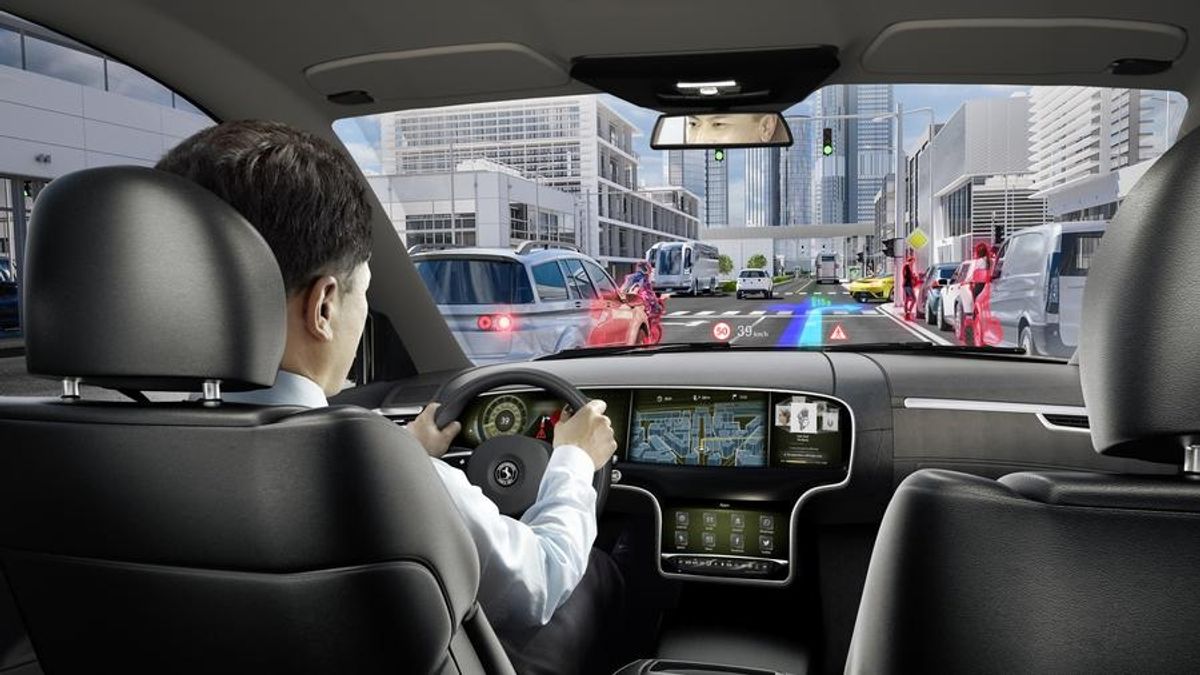
In the realm of modern automobiles, an intricate tapestry of computers and sensors has become the norm. With over 1,400 processors tucked into each vehicle, the risk of remote carjacking and other potential threats looms large. While some manufacturers offer automatic crash notification (ACN) as a standard feature, others charge an annual fee of up to $100, sparking debates over ethics in the industry.
The Digital Safety Net
Advanced Driver Assistance Systems (ADAS) are emerging as the vanguard of automotive safety. These systems leverage an array of sensors, cameras, and artificial intelligence to detect and respond to potential hazards, helping prevent accidents and mitigate their severity.
Blind spot warning systems, rear cross traffic warning systems, and automatic emergency braking (AEB) are among the top safety features that have gained prominence in recent years. Forward collision warning (FCW), lane departure warning systems, and lane keeping assist systems also contribute significantly to overall vehicle safety.
Adaptive cruise control, backup cameras, and dashboard cameras further enhance the digital safety net surrounding modern vehicles. Yet, as cars become increasingly reliant on technology, the question of who should bear the cost of these safety features remains a contentious issue.
The Ethics of Safety
Automatic crash notification (ACN) is a prime example of this dilemma. Utilizing a car’s communication tools or a paired phone, ACN alerts emergency services in the event of a crash. While some manufacturers include this feature as a standard offering, others charge an annual fee of up to $100. This practice raises concerns about the ethics of charging for safety features that could mean the difference between life and death.
As cars evolve into sophisticated digital ecosystems, the trend of monetizing safety features may continue. This shift could have profound implications for consumer choice, affordability, and ultimately, the safety of drivers and passengers alike.
A Glimpse into the Future
The Kicks e-POWER by Nissan and Tesla’s latest 2023.12 software update serve as examples of the rapidly advancing automotive safety landscape. The Kicks e-POWER boasts an impressive array of safety features, including dual-stage front airbags, front seat-mounted side-impact airbags, and driver and front-passenger knee airbags.
Tesla’s recent update significantly enhances its Automatic Emergency Braking (AEB) system, enabling it to function while the vehicle is in reverse and increasing its operational speed range. These advancements underscore the potential for technology to transform the automotive safety landscape, even as they raise questions about the ethical dimensions of monetizing safety.
As modern vehicles continue their metamorphosis into intricate networks of computers and sensors, the balance between innovation, affordability, and ethics will remain a delicate one. The ongoing debate over the monetization of safety features serves as a poignant reminder of the complex interplay between technology and human values in the automotive industry.
In this ever-evolving landscape, consumers, manufacturers, and policymakers must navigate the challenges and opportunities presented by digital safety features. The future of automotive safety hinges on their ability to strike a balance between technological progress and ethical responsibility.
